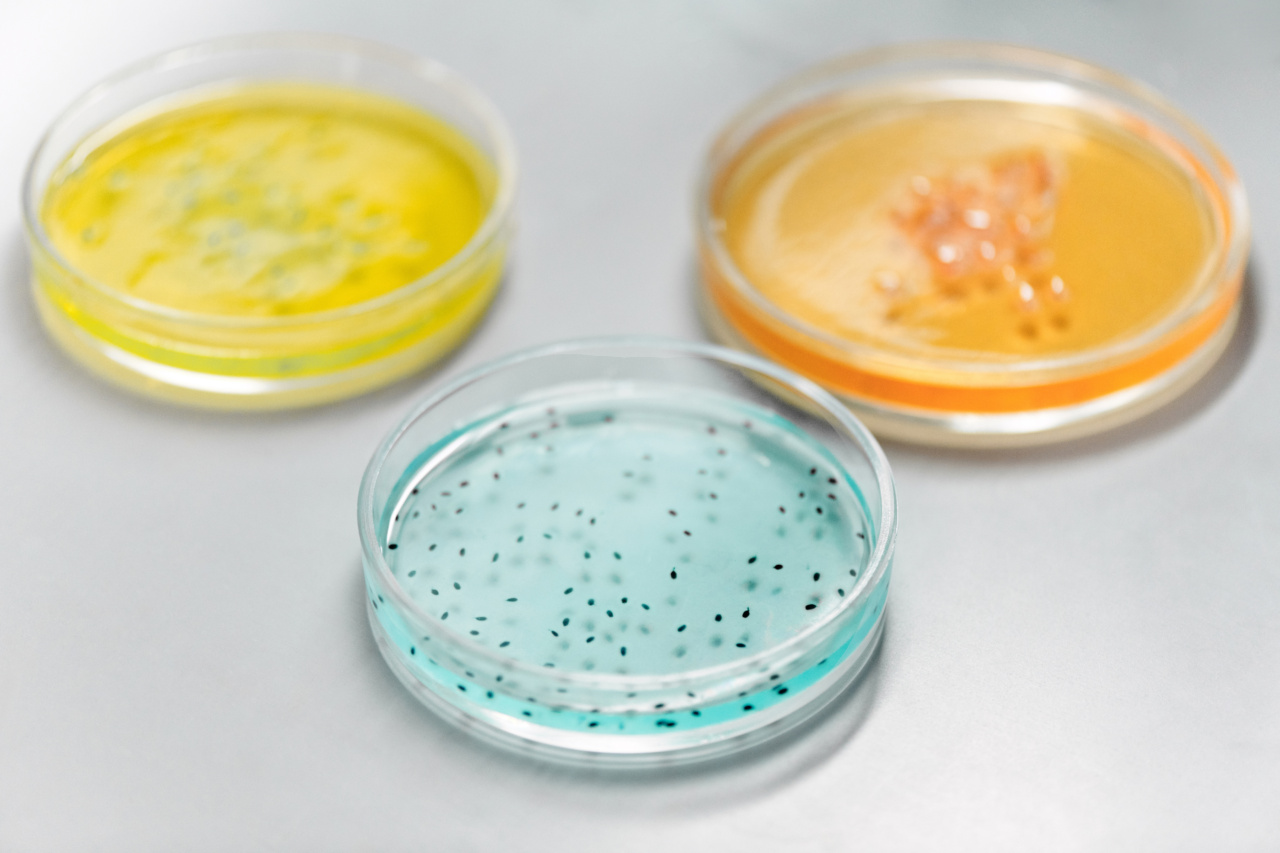Urine is a biological product of the body’s metabolism process and is disposed of through the kidneys.
As the kidneys filter the blood and remove waste products, urine passes through the ureters and into the bladder, where it is stored until it is expelled through the urethra. The color of urine is a valuable visual indicator of a person’s overall health, with variations in color reflecting the body’s fluid balance and its ability to excrete waste products properly.
What Causes the Color of Urine?
The color of urine mainly depends on the concentration of fluid it contains, the level of hydration, and the presence or absence of certain types of substances. Urine is usually a pale, yellow color, driven by a pigment called urochrome.
The concentration and quantity of this pigment are influenced by hydration, diet, and medications.
What Do Different Colors of Urine Indicate?
Urine can range in color from almost colorless to dark amber depending on the body’s hydration level, diet, and medications. A change in the color of urine can be an indicator of a health issue, and some colors should not be ignored.
Here are some of the colors of urine and what they might indicate about a person’s general health:.
Yellow
Yellow is the most common color of urine and is typically an indication of a healthy urine stream. The shade of yellow will depend upon the type of food and drink a person consumes, and how much water they drink.
If the yellow color is pale, it is a good indication that a person is well hydrated.
Clear
Clear urine suggests that a person is drinking an adequate amount of water or other clear fluids such as herbal teas. However, too much water can reduce the color of urine to the extent that it appears almost clear.
Brown
Dark, brown urine can indicate that a person is severely dehydrated, and in some cases, it can be an indication of liver problems or other medical conditions that need immediate medical intervention.
Red or Pink
If the urine appears red or pink, it suggests the presence of red blood cells in the urine. This can be caused by multiple issues, and a medical professional should be consulted right away.
Reasons why the urine may appear reddish or pink include bladder infections, blood clots in the urinary tract, kidney stones, prostate problems, or cancer.
Orange
If urine appears bright orange in color, it can be an indicator of dehydration or the consumption of too much vitamin C. If no other unusual symptoms are present, drinking water may be an excellent solution for this problem area.
Dark Yellow or Amber
A dark yellow or amber color may indicate that a person is dehydrated and should consume more water and electrolyte-based fluids. A lack of hydration can potentially lead to problems such as kidney stones or urinary tract infections.
Green or Blue
If urine appears green or blue, it can be the result of certain dyes or food coloring added to foods like ice cream or cake.
It can also indicate the presence of bacteria or other contaminants in the urinary tract, making consultation with a doctor important for proper diagnosis.
Cloudy or Murky
Urine that appears cloudy or murky and has a strong odor can indicate the presence of a urinary tract infection or other medical issues.
Final Thoughts
The color of urine can be a valuable indicator used to diagnose health problems before other more severe symptoms present themselves.
Generally, yellow or pale yellow is the standard color of urine, and clear urine is also healthy if a person drinks enough water. Darker or unusual colors can potentially indicate the presence of medical issues, so people should not ignore any sudden changes in the color of their urine.





























